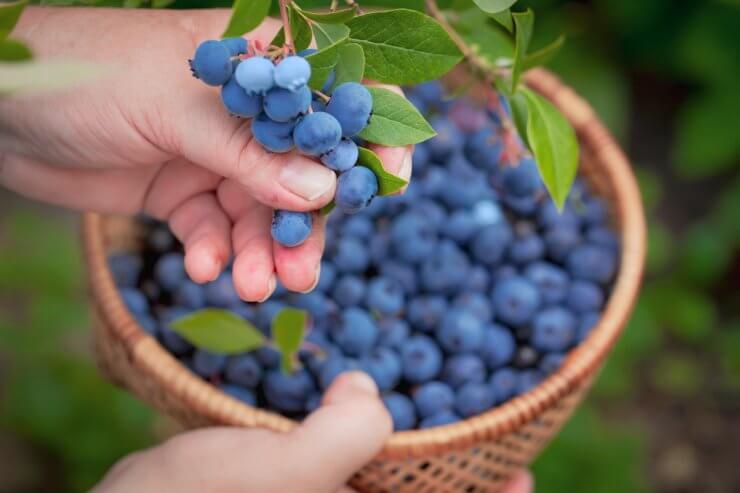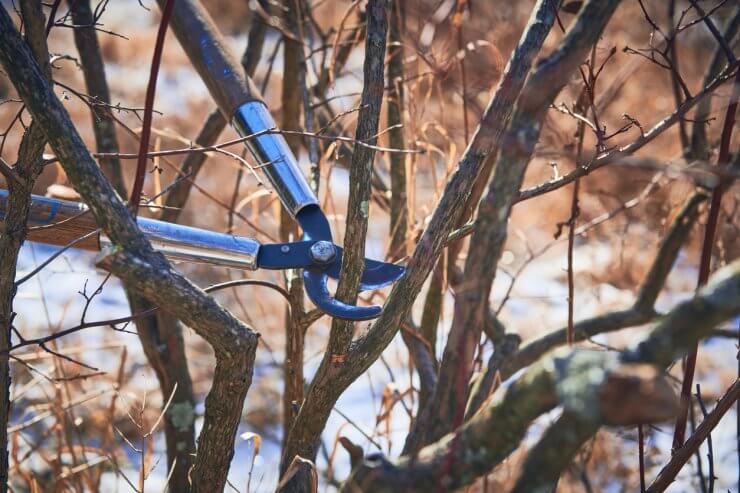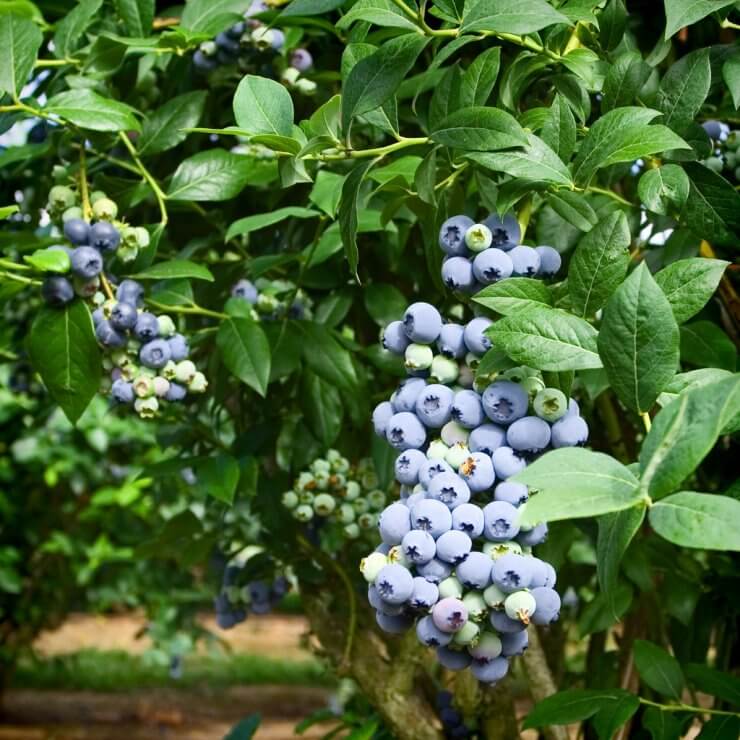
The secret to an exceptional blueberry harvest lies in understanding how these remarkable plants grow. Commercial growers consistently achieve yields of 15-20 pounds per bush, while unpruned plants might produce a mere 2-5 pounds. The key difference? Strategic pruning that works with the plant’s natural growth patterns.
Choosing Your Varieties
The journey to a bumper crop begins with selecting the right varieties for your climate. In northern regions (Zones 3-5), Patriot and Liberty shine as consistent heavy producers. These hardy varieties have adapted to shorter growing seasons by producing dense clusters of fruit on compact bushes. The relatively new Aurora variety has particularly impressed commercial growers with its late-season bounty.
For middle-zone gardens (Zones 6-8), Chandler has earned its reputation for producing berries the size of quarters. Duke and Draper, while not as showy, reliably produce heavy crops that commercial growers count on season after season. Berkeley, an older variety, continues to prove its worth with consistent production of large, flavorful berries.
Southern growers enjoy options like Emerald, a powerhouse variety capable of producing up to 25 pounds per bush under optimal conditions. Jewel and Star have become standards in commercial operations due to their reliability and concentrated ripening periods, making harvest more efficient.
Understanding Growth Patterns for Maximum Yield
Blueberry bushes tell their age through color, a fascinating trait that helps inform pruning decisions. Young, productive canes display a reddish hue, transitioning to light gray as they mature. This natural color coding reveals which branches will contribute most to your harvest.
The most productive blueberry bushes maintain a careful balance of different-aged wood. Commercial growers have found that maintaining about 30% two-year-old canes and 30% three-year-old canes, supported by younger and slightly older wood, creates the perfect environment for maximum fruit production. This mix ensures consistent yields year after year, as new canes develop while older ones reach peak production.

Timing Your Pruning for Success
The timing of pruning significantly impacts harvest size. Northern gardeners should plan their major pruning work for late February, when plants remain dormant but the harshest winter weather has passed. This timing allows plants to direct maximum energy into fruit production as soon as spring arrives.
In middle regions, early February pruning takes advantage of the earlier spring, giving plants a head start on the growing season. Southern growers benefit from December pruning, which enables the longest possible growing season – crucial for achieving those impressive 25-pound yields some varieties can produce.
The Art and Science of Pruning
A well-pruned blueberry bush resembles a vase, with an open center that allows sunlight to reach all fruiting branches. This shape isn’t just aesthetically pleasing – it’s scientifically proven to increase berry size by up to 25% and boost sugar content by 15%. The key lies in maintaining 6-8 strong upright canes, spaced to allow air and light to reach every branch.
Commercial growers have learned that removing up to 30% of old wood annually, while seemingly aggressive, actually promotes vigorous growth and higher yields. This approach focuses the plant’s energy on productive branches rather than maintaining older, less productive wood.

Powder Blue Blueberries
Supporting Maximum Production
Pruning is just the beginning. A pruned bush needs proper support to achieve those impressive yields. Immediately after pruning, applying a 2-inch layer of compost helps fuel new growth. Maintaining soil pH between 4.5-4.8 ensures optimal nutrient uptake – a critical factor that many gardeners overlook.
Throughout the growing season, consistent moisture proves crucial for developing large, juicy berries. Commercial growers target about an inch of water per week during fruit development, adjusting based on weather conditions and soil type.
Seasonal Care for Abundant Harvests
Spring for most blueberry growers brings the first glimpse of your future harvest as flower buds begin to swell. This is the time to fine-tune your earlier pruning work, removing any winter-damaged wood and thinning flower clusters on weaker branches. While it might seem counterintuitive to remove potential fruit, this thinning allows the remaining berries to grow larger.
Summer maintenance focuses on supporting the developing crop. Remove any competitive suckers that emerge from the base of the plant – these energy thieves can reduce your harvest if left unchecked. Keep a close eye on irrigation during this critical period.
As fall approaches, begin planning for the next season’s growth. Remove any branches that didn’t produce well, making notes about which pruning techniques led to the best production. This ongoing observation and adjustment leads to better harvests year after year.
Looking to the Future
The most successful blueberry growers view pruning as an investment in future harvests. Each cut should have a purpose, whether it’s removing unproductive wood, improving plant structure, or encouraging new growth. With proper pruning and care, blueberry bushes can maintain impressive yields for 15-20 years or more.
Remember that achieving those maximum yields takes time and patience. In the first year, removing all flower buds feels counterintuitive but builds a stronger foundation for future harvests. By the third year, as your pruning strategy hits its stride, you’ll begin to see the impressive harvests that well-maintained blueberry bushes can produce.
Your pruning techniques will evolve as you learn how your specific varieties respond to different approaches. Pay attention to which branches produce the largest, sweetest berries, and adjust your pruning accordingly. This combination of scientific understanding and hands-on experience leads to the bumper crops that make blueberry growing so rewarding.
What techniques have you used to get a bumper crop of blueberries?


 Previous
Previous

